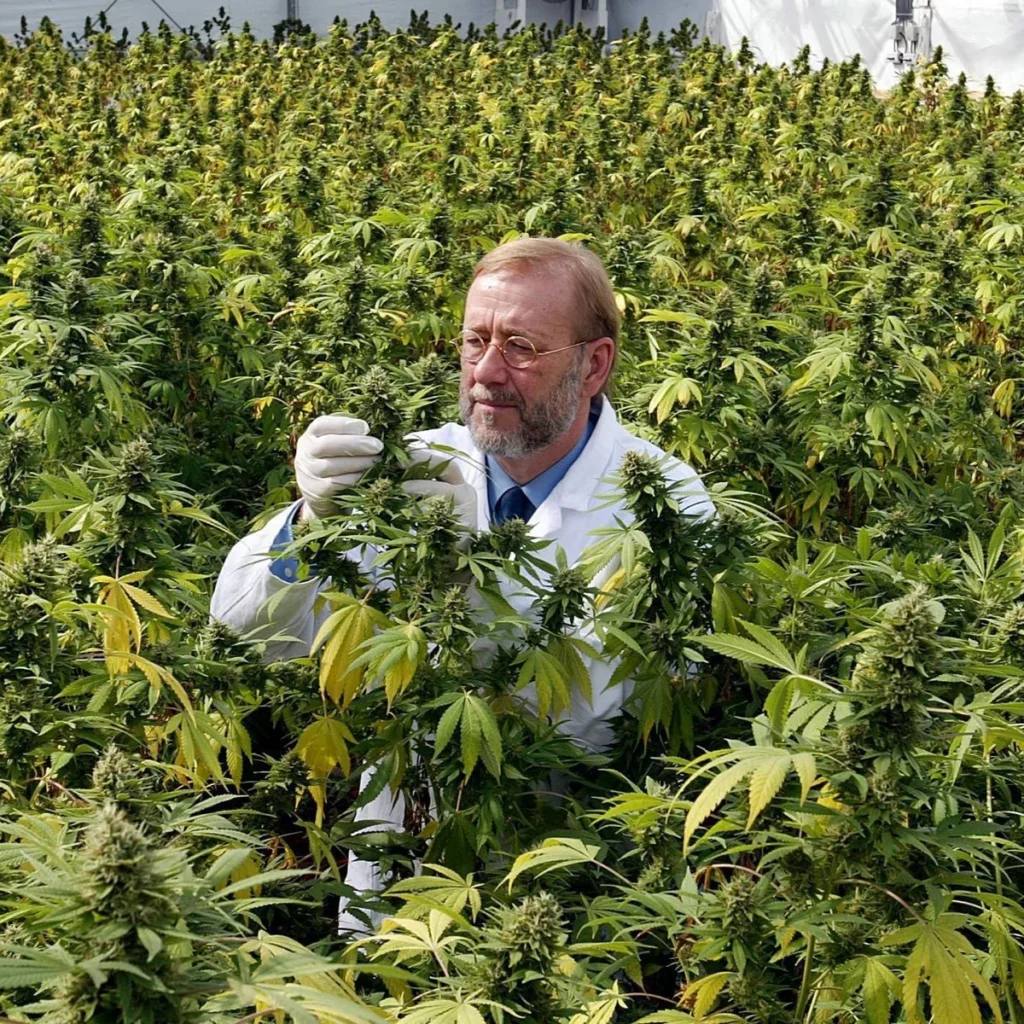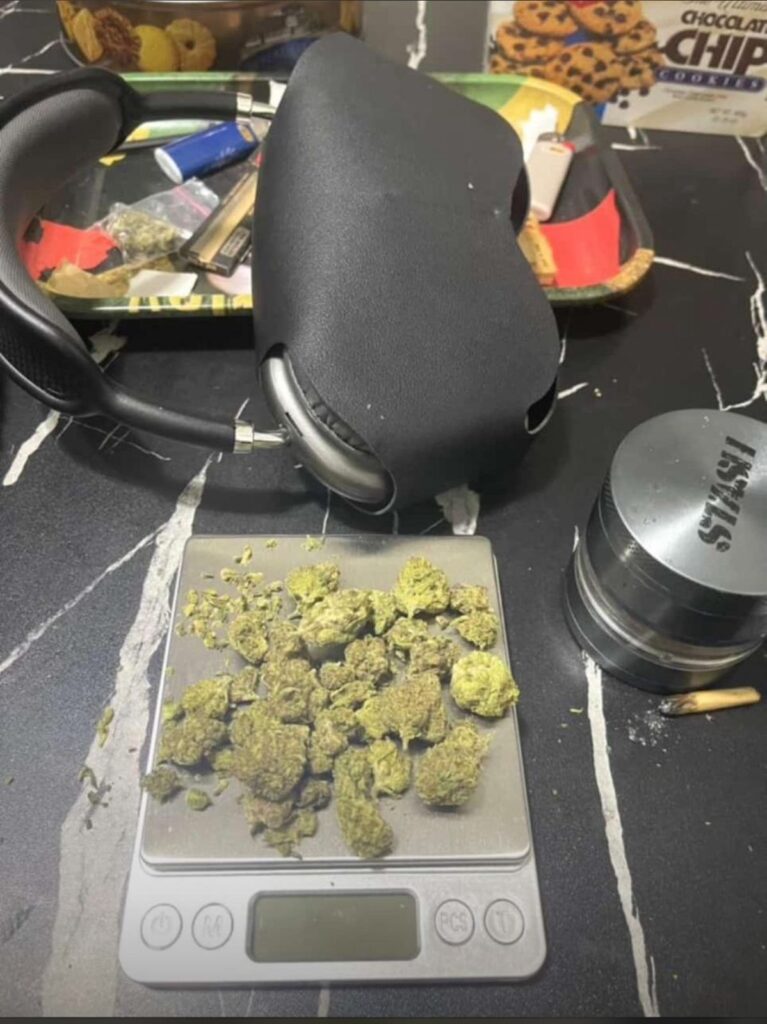Discovering Weed in Härnösand: An Exploration of Cannabis Use in a Small Swedish Town

With a population of just over 18,000 people, the town exudes a peaceful charm that draws residents and visitors alike. While Härnösand is more commonly recognized for its coastal landscapes and historical significance, it also reflects broader social trends found across Sweden—especially in relation to cannabis use on Discovering Weed in Härnösand.
In Sweden, cannabis remains illegal, and the country has a strong stance against drug use. This article will explore the presence of cannabis in Härnösand, its use among residents, the underground market, and the implications of Sweden’s laws on cannabis consumption on Discovering Weed in Härnösand.
Sweden’s Cannabis Laws and Attitudes
Sweden has one of the most stringent drug policies in Europe. Cannabis is illegal, and the country operates under a zero-tolerance approach to drugs. Possessing, using, or distributing cannabis can result in significant legal consequences, including fines, imprisonment, and criminal records. The authorities view cannabis use as a serious public health risk, associating it with mental health issues, dependency, and impairments in cognitive function on Discovering Weed in Härnösand.
Despite the country’s strict laws, cannabis use is widespread, especially among younger generations. The underground cannabis market is well-established, with users often turning to personal networks and digital platforms to access the drug. This duality—where cannabis remains illegal, yet popular among certain segments of society—presents a unique challenge to the Swedish government, one that is echoed in many small towns like Härnösand on Discovering Weed in Härnösand.
Cannabis Use Among Young People in Härnösand
However, this does not make Härnösand immune to the trends that affect younger populations across the country on Discovering Weed in Härnösand.
The sense of curiosity and the desire to try new experiences are significant factors in the decision to try cannabis.
For many in Härnösand, cannabis use occurs within private settings, away from public spaces. This is especially true for young users, who are mindful of the potential legal consequences of being caught with cannabis. Parks, forests, and private homes become spaces where individuals can gather and consume cannabis without drawing attention.
The Underground Cannabis Market in Härnösand
In Härnösand, like in other smaller towns across Sweden, cannabis is typically obtained through an underground market. The illegal nature of cannabis means that there is no official marketplace or storefront for purchasing the drug. Instead, cannabis transactions occur in a more informal, discreet manner. Local dealers often operate in secrecy, relying on word-of-mouth and social networks to connect with potential buyers.
The risk of being caught by law enforcement makes discretion an essential part of the cannabis culture in Härnösand.
Dealers in Härnösand may also use digital platforms to facilitate transactions.
Social and Legal Implications of Cannabis Use in Härnösand
The legal consequences of cannabis use are perhaps the most significant deterrent for individuals who might consider consuming cannabis.
Beyond the legal implications, cannabis use in Härnösand is still somewhat of a taboo subject.
Cannabis and Its Perception Among Older Generations
While cannabis use is more common among younger generations in Härnösand, the older population tends to view the drug with more skepticism or disapproval.
For many older individuals, the idea of cannabis as a recreational drug may be difficult to accept, especially when considering the potential health risks and the legal consequences of use.
Changing Attitudes Toward Cannabis in Sweden
Whether or not Sweden will move toward legalization remains uncertain, but the conversation is undoubtedly evolving.
Conclusion
Cannabis use in Härnösand is a reflection of broader societal trends in Sweden, where cannabis remains illegal but continues to be used by a segment of the population. Young people in Härnösand, like their peers across Sweden, turn to cannabis as a way to relax, socialize, or explore new experiences.
Despite Sweden’s strict stance on cannabis, attitudes are shifting, and young people are increasingly questioning the current legal framework.

When it comes to marijuana products, ScentHub offers an extensive selection of some of the highest quality items I’ve come across. I’ve tried a variety of strains, edibles, and concentrates, and the quality has consistently been outstanding. The flowers are always fresh, fragrant, and potent. I’ve had the chance to try both Sativa and Indica strains, and the effects have been exactly as described. Contact them on email: Scenthub43@gmail.com and also there Telegram : t.me/Scenthub43
Wow they have an option for me. The variety in their selection means that no matter my experience level, I’ll find a product that fits my needs. highly recommended .
I can say without hesitation that ScentHub has earned my loyalty. From the quality of the products to the exceptional customer service.

I’ve had a number of experiences where edible products don’t quite deliver the promised effects or leave an unpleasant aftertaste, but that’s not the case with ScentHub. The gummies, chocolates, and drinks I’ve tried have all been potent, flavorful, and consistently effective. The packaging is also informative, making it easy to understand the dosage and what to expect from each edible, Thank you !!!
They also don’t pressure you into buying anything you’re not ready for, which is a huge relief. It feels more like a conversation with a trusted friend rather than a hard sell. highly recommended!!